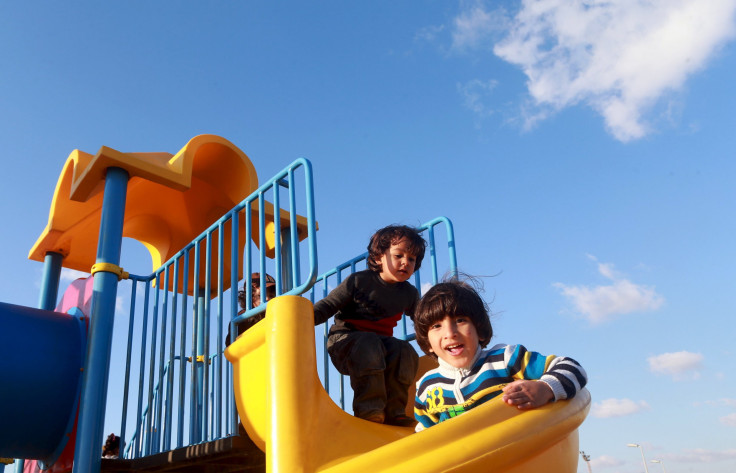Scarlet fever makes a surprising comeback, says Australian-led research

A childhood disease which had largely disappeared over the past 100 years has re-emerged in parts of Asia and the United Kingdom, an international study reveals.
Led by researchers from the University of Queensland, or UQ, the team has used genome sequencing techniques to investigate a rise in the incidence of scarlet fever-causing bacteria and an increasing resistance to antibiotics.
“We have not yet had an outbreak in Australia, but over the past five years there have been more than 5,000 cases in Hong Kong (a 10-fold increase) and more than 100,000 cases in China,” says Professor Mark Walker, a researcher from the UQ School of Chemistry and Molecular Biosciences. In the U.K., an outbreak has resulted in 12,000 cases since last year, he adds.
The research, published in Scientific reports, was “deeply concerning,” according to UQ School of Chemistry and Molecular Biosciences researcher Dr Nouri Ben Zakour. “We now have a situation which may change the nature of the disease and make it resistant to broad-spectrum treatments normally prescribed for respiratory tract infections, such as in scarlet fever,” she says.
Ben Zakour notes that the rise in scarlet fever could pre-empt a future rise in rheumatic heart disease, which causes permanent heart damage. With this heightened awareness, identifying scarlet fever-associated bacteria and antibiotic resistance elements can now be made swiftly, as well as tracking the spread of scarlet fever-causing GAS strains,” she points out.
According to her, the evolutionary forces driving the outbreaks were unknown, but bacterial causes, the immune status of people contracting scarlet fever, and environmental factors such as temperature and rainfall could all play a significant role.
“Only a continued study of the patterns, causes and effects of health and diseases will determine the full impact these recent gene changes will have on the global GAS disease burden,” she says.
Scarlet fever is a type of bacterial throat infection that also features a red (scarlet) rash. It is also known as ‘scarlatina’, according to HealthDirect Ausralia. The disease, which usually affects primary school-aged children, it is spread by cough and sneeze, contact with a contaminated surface, such as a plate or glass, or touching or kissing an infected person. Children can also catch it by touching the sores of someone who has a scarlet fever skin infection.
Penicillin continues to provide an excellent treatment for patients who were not allergic to it, says Ben Zakour. While treatment with antibiotics means most people recover in about a week, the disease can spread to other parts of the body and cause serious health problems if left untreated.
Contact the writer at feedback@ibtimes.com.au or tell us what you think below.




















